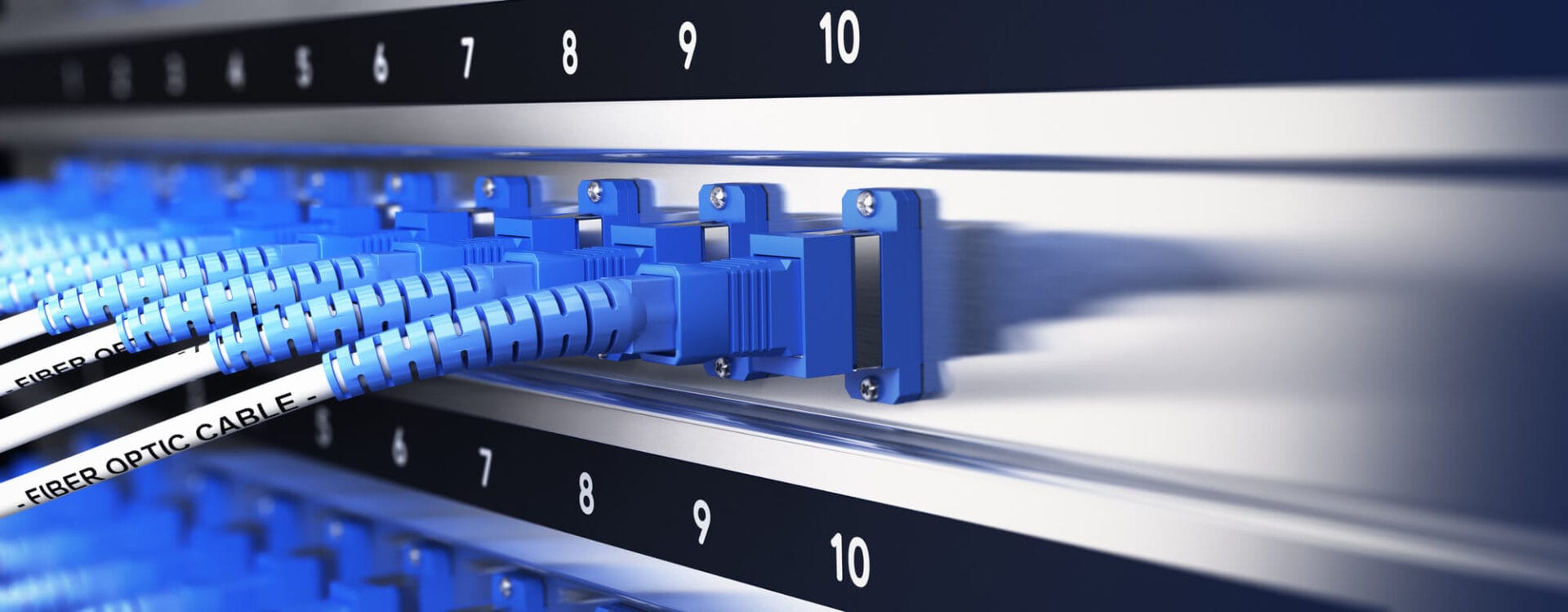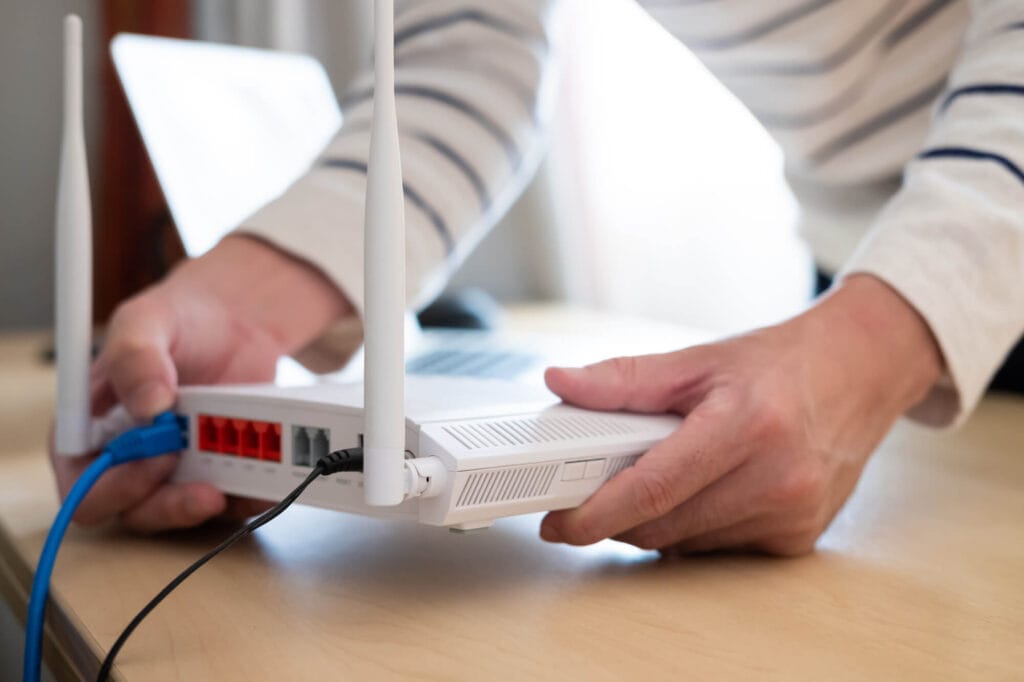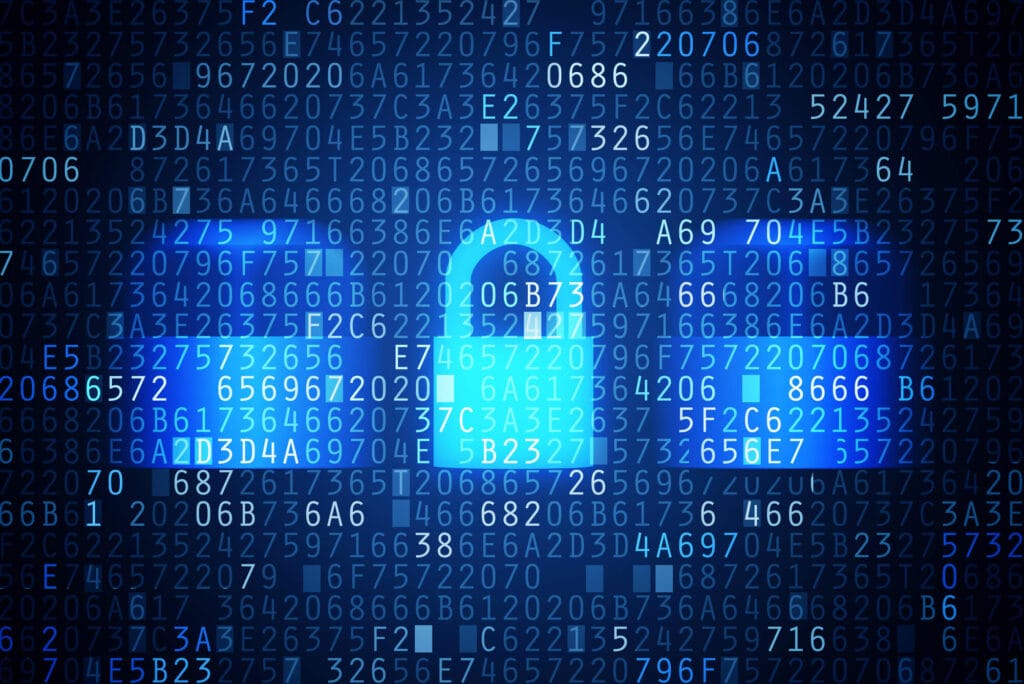Need an Electrician?
Captain Cook Electrical
– A Pleasure To Deal With
» The Captain’s Journal – Electrical Blog » The Top 5 Advantages of Optic Fibre Cable For Your Home or Business
Captain Cook Electrical
– A Pleasure To Deal With


The digital age is taking over, causing more and more businesses to become reliant on the internet and technology to meet demand and remain efficient. While the apps and platforms are there to make it all happen, the connections you need might not be readily available.
For strong online connections including high volumes of data transfers, businesses and homeowners will need to use a wired network. The two main choices here are copper wiring and optic fibre cable.
In times gone by copper wiring was a suitable choice for most businesses but that is changing due to Cloud sharing. Using internet-based data storage such as Google Docs and Dropbox puts pressure on internet cables to send and receive high volumes of data. That means that copper wiring is no longer able to meet demand, which is where the highly flexible and fast glass cable options come into play.
Optic fibre cables work by transmitting pulsing coded signals along incredibly thin strands of glass. The glass core, which can be a few or even hundreds of strands thick, is protected by a number of coated layers and a reflective cladding. It’s flexible, durable and almost unlimited in the volume of data it can transfer, making it a favourite choice for business networking.
As well as being small and lightweight, fibre optic cables provide lightning-fast data transmission even under heavy workloads as well as other benefits that provide businesses with greater productivity including:
We’ll go into the top five advantages in more detail below to help you decide if it’s time to make the switch to optic fibre for your home or business.


Optic fibre cables allow faster data transfer compared to traditional copper wires thanks to better bandwidth. Even though optic fibre cables are noticeably smaller, they carry more data more reliably due to less interference and greater capacity. This helps ensure that your internet remains responsive, even under high demand from multiple users as well as maintaining steady and unwavering high-quality images for video conferencing and CCTV.
As well as moving more data, optic fibre cables move data at significantly faster speeds by using light signals to transfer information as fast as 70% of the speed of light. The glass fibre cables are wrapped in reflective glass cladding so that there is no signal loss at the edges, instead, the pulsing light codes are reflected and rebounded into themselves to move forward quickly and accurately with almost unlimited capacity.
Copper-wired connections are capped at around 40 Gbps, while optic fibre can reach speeds as fast as 100 Gbps for both uploads and downloads, capped only by your provider’s set-up and your surrounding technical components. This makes optic fibre cables perfect for those industries that need to upload and download large files including photographs, animations, videos and podcasts and conduct live video calls. Having optic fibre networking becomes essential for those who have multiple staff members accessing cloud files, sharing client files live across different departments or accessing staff training videos.
Latency is the measure of how instantly your equipment can action a request you make online and includes the responsiveness of your machine, internet, server and cable. The lower your latency is the more instantly your online actions will be completed, while a high latency means a greater delay (or lag) in completing your actions.
No matter how fast your internet connection is, poor latency can make your online experience feel slow. This can be especially frustrating for delays during video calls and VoIP communications as well as online gaming.
Fibre optic networks eliminate many of the standard latency issues and reduce lag for high-definition content, making your internet experience feel faster and more responsive to stream uninterrupted, complete large uploads and downloads faster, and move a larger number of apps to the cloud.
This gives businesses higher productivity and the ability to access resources more efficiently for improved employee collaboration. At home, online gamers will experience a seamless internet connection from start to finish with less lag and lightning-fast responsiveness.


As our dependency on the internet strengthens so too does the need for airtight security. The internet holds our most precious assets; our personal identity information, credit and bank information and personal details that make online fraud all too easy. Security breaches can be catastrophic for both individuals and businesses, destroying trust and creating fear to use online services and tools.
Fibre optic cables keep data secure because the transfers are completely contained within the cables and use light, not electrical signals. This means there are no radiating signals that can be tapped or interfered with by outside parties so those looking to steal online information or create disruptions will search out softer targets.
Keeping data secure from other people is a big asset to every business, large and small, as well as for individuals at home. There are other ways that optic fibre cables are more secure too.
Copper wires use electrical signals which can be intercepted and meddled with but these wires also emit electromagnetic interference (EMI) which creates unwanted data transmission interruptions across different networks and causes interference to nearby cables. Because copper is highly conductive it is also prone to damage from moisture, lightning and electrical storms. In comparison, optic fibre cables:
Optic fibre cables have the ability to extend networking capabilities to wider areas. If you are looking to network your systems over a greater distance, optic fibre can reach significantly further than copper wiring thanks to the accuracy of light-pulsating transmissions. It all comes back to that great bandwidth ability we mentioned earlier as well as low latency, allowing large file transfers to take place over 10s of kilometres rather than the very limited 100-metre distance of copper wires. This allows computers to be part of hardwired networks even in different locations without losing performance.
This wider coverage area means that optic fibre cables can be suited to rougher terrain and remote regions that might have placed networks out of reach with copper wiring in the past.
When optic fibre cabling first came out it was expensive to purchase, but as the technology becomes more mainstream and manufacturing improves and expands the initial outlay costs are decreasing, making it a viable choice for business networking or increasing home internet and cable capacity.
When weighing up the costs of which networking type to install or upgrade to for your home or business it’s important to factor in the big picture including:
Time is money so every moment you or your staff spend waiting for file transfers to complete will cost you in terms of productivity and efficiency. The high speed and incredible volume of transfer capable with fibre optic cables means your entire team can complete uploads and downloads simultaneously without having to wait for each file completion before moving to the next task.
Optic fibre cabling is more durable, even under difficult conditions, meaning you are less likely to need replacements and repairs due to its durability and maintenance-free nature. That gives you more life and flexibility for where you install your optic fibre and better value for money compared to copper wires.


While copper wiring has its place for small-volume data transfers, it also has limitations that can cost businesses and create frustration for work teams, especially when it comes to cloud services and technologies.
When you consider that reliable and efficient communication and connectivity are essential for any business, large or small, optic fibre connections become a necessary consideration for secure and fast networking performance, allowing multiple users to simultaneously:
No other internet network offers the same reliable speed, low latency and secure data transfers that are possible with fibre optics. To upgrade to faster internet speeds with our trusted electrical services from your existing “capped” copper wiring, talk to Captain Cook Electrical about the costs involved as well as the benefits you’ll see in your workplace and remote access locations with optic fibre cabling.
Important: If you need an electrical job completed quickly, please phone us on 1300 669 135 24 hours a day and talk to one of our staff. If you fill the form in below, we will assume your enquiry is not an emergency and respond accordingly.